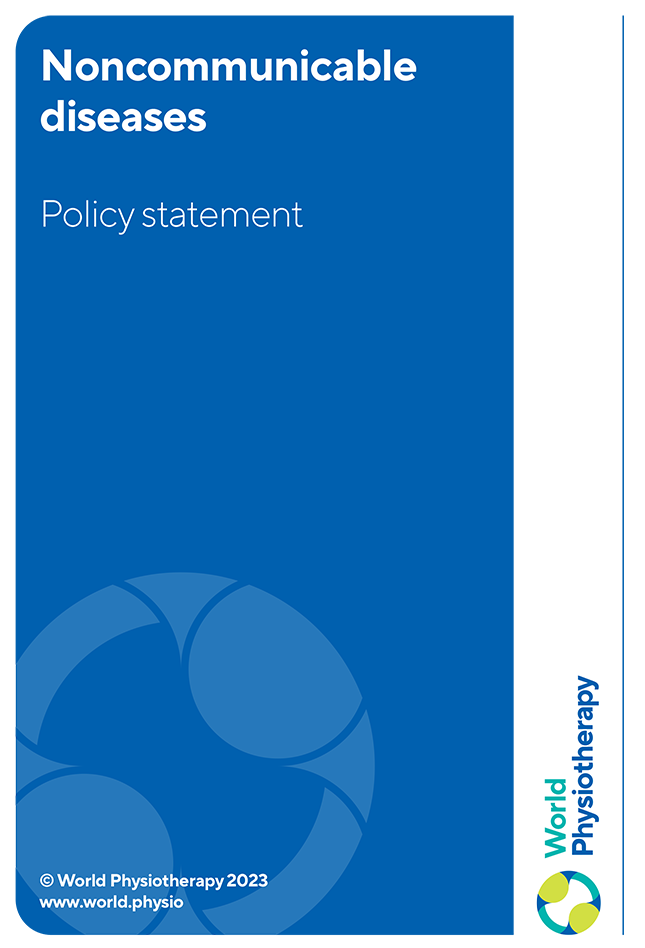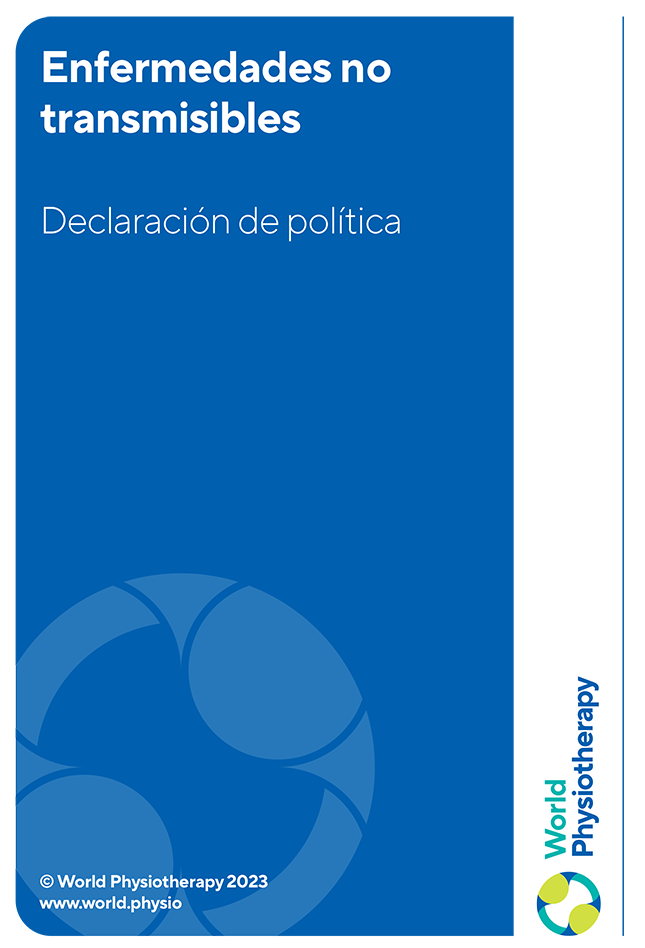The United Nations has identified cardiovascular diseaseDisease: A pathological condition or abnormal entity with a characteristic group of signs and symptoms affecting the body and with known or unknown aetiology. See also Health conditionView full list of glossary terms, chronic respiratory diseaseDisease: A pathological condition or abnormal entity with a characteristic group of signs and symptoms affecting the body and with known or unknown aetiology. See also Health conditionView full list of glossary terms, diabetes, and some forms of cancer, and their concomitant risk factors (tobacco, harmful use of alcohol, unhealthy diet, insufficient physical activityActivity: The execution of a task or action by an individual. View full list of glossary terms, overweight/obesity, raised blood pressure; raised blood sugar; and raised cholesterol) as the noncommunicable diseases (NCDs) leading to the highest incidences of mortality around the world. However, other NCDs including, but not limited to, musculoskeletal (eg osteoarthritis, osteoporosis), neuromuscular (eg Parkinson’s diseaseDisease: A pathological condition or abnormal entity with a characteristic group of signs and symptoms affecting the body and with known or unknown aetiology. See also Health conditionView full list of glossary terms, multiple sclerosis), and mental health (eg dementia, schizophrenia) contribute to the high incidence of disabilityDisability: The umbrella term for impairments, activity limitations, and participation restrictions. It denotes the negative aspects of the interaction between an individual (with a health condition) and that individual’s contextual factors (environmental and personal factors). Personal factors are the particular background of an individual’s life and living, and comprise features of the individual that are not part of a health condition or health states, such as: gender, race, age, fitness, lifestyle, habits, coping styles, social background, education, profession, past and current experience, overall behaviour pattern, character style, individual psychological assets and other characteristics, all or any of which may play a role in disability in any level. Environmental factors are external factors that make up the physical, social and attitudinal environment in which people live and conduct their lives. Disability can be described at three levels: body (impairment of body function or structure), person (activity limitations) and society (participation restrictions). View full list of glossary terms around the world. The effectiveness of physiotherapySee Physical therapy in preventing and managing NCDs and risk factors is well evidenced.
Policy statement: Noncommunicable diseases





